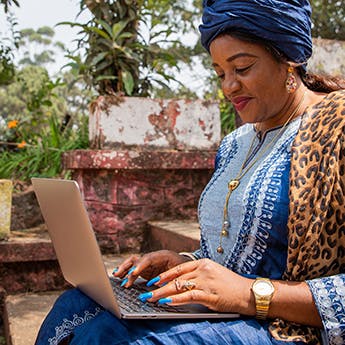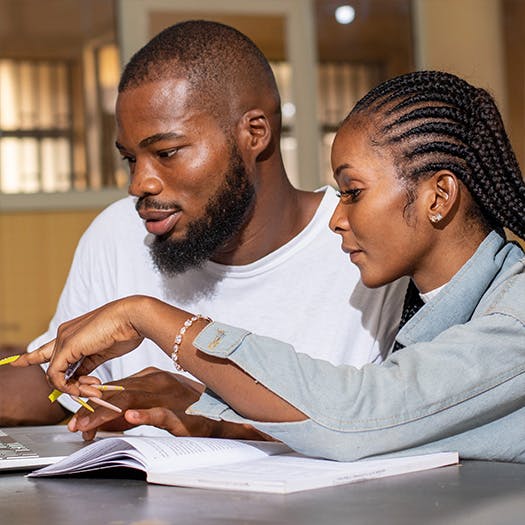
News
Ready to Save Lives: New Tool to Prepare for Continuation of SRH Care in a Crisis
December 8, 2020
FP2030 in the Media
Previous

News and Updates from FP2...
Next

Post-Abortion Care & Post...
Source:FP2020
Topics:
COVID-19 & Family Planning
Emergency Preparedness & Response
The world hasn’t seen a crisis like COVID-19 in generations. The impact of the pandemic on reproductive health care (not to mention the supply chain), may be felt for years. It’s more critical than ever that countries invest and prepare for other crises on the horizon - whether that be additional pandemics, civil strife, or natural disasters.
FP2020’s new resource, Ready To Save Lives: A Preparedness Toolkit for Sexual and Reproductive Health Care in Emergencies, is designed to help government decision-makers and other stakeholders do just that.
In 2021, 235 million people will need humanitarian assistance and protection, according to the United Nations Office for the Coordination of Humanitarian Affairs. This means 1 in 33 people worldwide needs help — a significant increase from the 1 in 45 people a year ago, which was already the highest figure in decades. An estimated 59 million of those in need are women of reproductive age (15-49). Their family planning needs are the same as other women - if not more pressing. Family planning is life-saving health care for millions of marginalized, displaced, or otherwise under-served populations. Emergencies can cause long-term damage to health systems, even those that may have been operating at a relatively high capacity. Precious development gains can be lost, and the effects of poverty and inequality intensified.
At an event launching the toolkit, Lorelei Goodyear, Senior Technical Advisor for Emergency Preparedness and Resilience at FP2020, noted how emergencies to undo progress towards meeting international commitments as well: “As we strive toward achieving Universal Health Coverage and the Sustainable Development Goals, preparedness is a form of insurance that our progress will not be lost due to crisis.”
The toolkit is the legacy of FP2020’s friend and colleague, Jennifer Schlecht, who was instrumental in its creation. This is the first attempt to consolidate guidance for SRH preparedness that links the emergency response and SRH sectors. It is designed with the intent that it should be field tested by users, and will be adapted as it’s every-day use is documented.
The Ready to Save Lives toolkit brings together existing guidance as a starting point for stakeholders to establish protocols that ensure the continuity of sexual and reproductive health (SRH) care in a crisis. The toolkit covers key background information that makes the case for developing these protocols, then dives into a series of learning briefs, capturing specific SRH preparedness activities, examples, and experiences from different country contexts.
A recording of the launch of the toolkit is available in English and French. FP2020 Executive Director Beth Schlachter, along with FP2020 co-chairNatalia Kanem, UNFPA Executive Director; Baroness Sugg CBE, then UK Minister for Overseas Territories and Sustainable Development, and an esteemed panel of speakers from Chad, Pakistan, and Malawi.
This work is more important now than ever before, Dr. Kanem noted. “As we meet here today,” she said, “more than 33,000 Ethiopian refugees from Tigray have fled fighting to Sudan with 1,000s more arriving each day. Their stories speak to the unique challenges women and girls face during times of emergency and the importance of preparedness. One woman who sought care at our mobile clinic in Hamadiath said, ‘I can’t afford to be pregnant right now. I have three children and we’ve had to walk five days to the border. When I found out there were contraceptives at the clinic, I was relieved.’”








